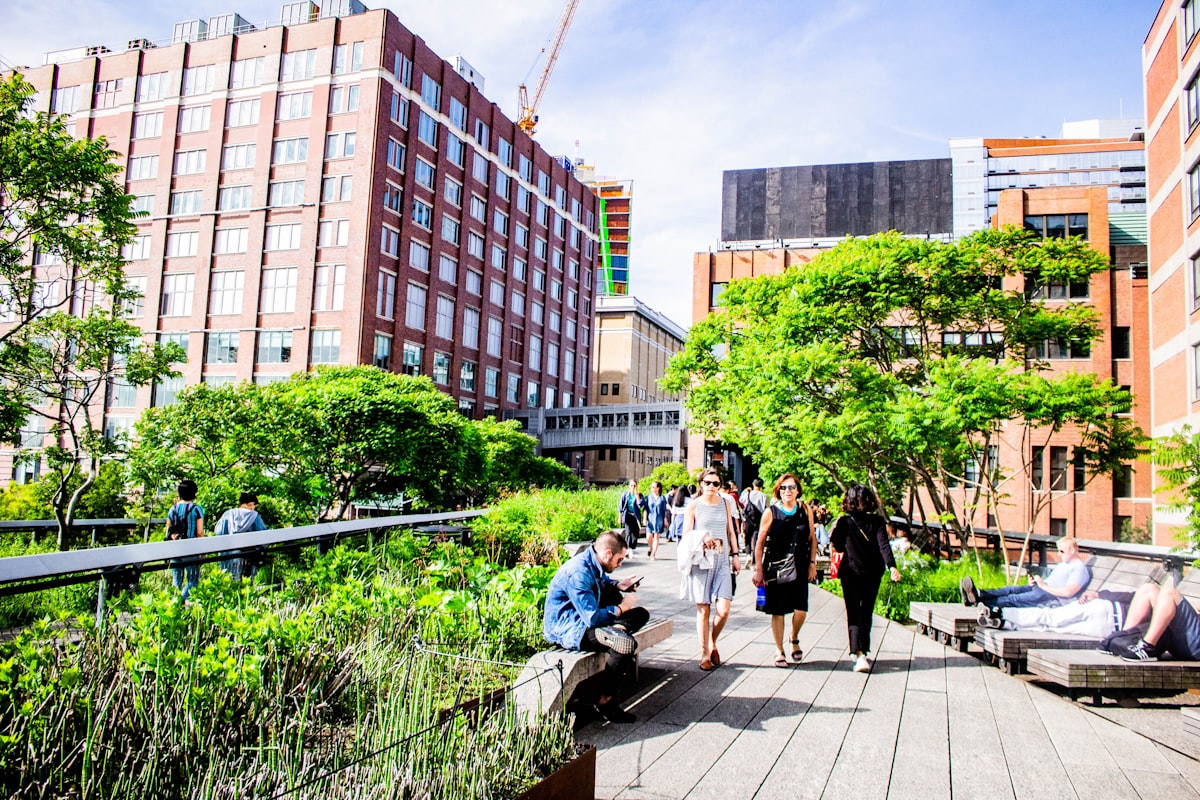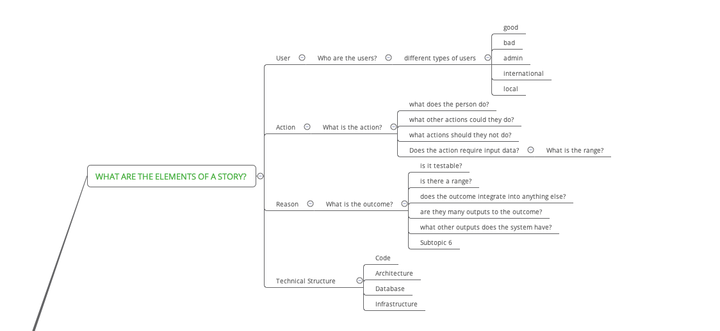How will Continuous Delivery affect network traffic?

I was recently in New York and had a chance to walk along the High Line. The High Line is a disused overhead train line converted into a walkway and park. It’s a really lovely walk.
I was interested to learn that the train line had been built in the 1930’s but had become disused by 1980’s. It’s main purpose had been to transport meat and produce to manhattan from the upper west side. With the advent of trucks the train line fell into disuse. It was about to be torn down when a small group of inspired locals advocated it be turned into a park. The movement grew and now the disused train line is a lovely walk and respite from the busy traffic.
I think it’s interesting that the train line fell into disuse in the first place. Why were so many companies eager to drop the train line in place of trucks? My guess is they wanted the ability to freight cargo when they wanted. Rather than delivering in one bulk they delivered smaller amounts more frequently. That way they could become more responsive to their customers needs.
That’s what we’re aiming to do with continuous delivery. We want to be able to deliver in a faster way, to be more responsive to our customers needs.
I wonder if our existing network will be able to handle it though? Look at the traffic jam that is NYC and it makes me wonder that with the ability over faster and more frequent delivery comes the cost of greater traffic on our networks. Remember, if it was just your company wanting to deliver, of course there’s sufficient bandwidth, but when everyone has the same idea will our current network be able to handle it? I guess only time will tell!



Comments ()